The views expressed in our content reflect individual perspectives and do not represent the authoritative views of the Baha'i Faith.
“I’m inspired by his ability to see the truth, his willingness to enter into a space where he knew he was going to be the only one, and the courage that took,” says Masud Olufani, an Atlanta-based Baha’i actor, writer, and multidisciplinary artist, when I asked how Robert Turner inspires him.
RELATED: Masud Olufani: An Artist Rooted in Justice and Unity
It’s poetic that Masud made history by becoming the first African American to create a Baha’i monument, following his design of a memorial for Robert Turner, the first African American Baha’i.
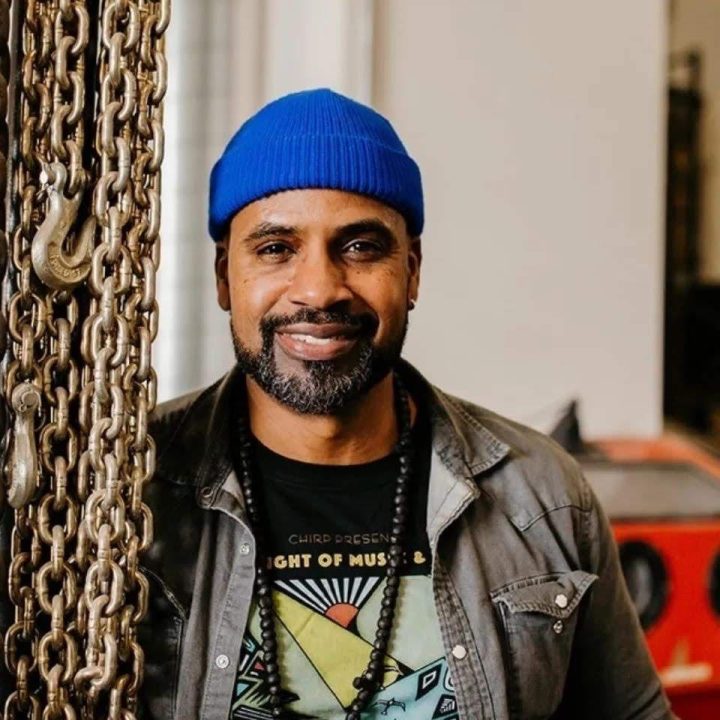
How Robert Turner Became the First African American Baha’i
Robert Turner, born in 1855/56, became a Baha’i during the summer of 1898 after accompanying philanthropist and suffragist Phoebe Hearst on a trip to Paris. Robert, who served as Phoebe’s butler, studied the Baha’i Faith after a Baha’i visited her flat in Paris and shared the Baha’i teachings.
Robert often traveled with Phoebe after her husband, George Hearst, passed away. Around the same time Robert became a Baha’i, Phoebe also embraced the faith. She decided to make the dangerous trip to ‘Akká, Palestine (now present-day Israel), to meet Abdu’l-Baha, who was held as a prisoner of conscience by the Ottoman Empire in their efforts to suppress the spread of the Baha’i Faith. She brought 12 people with her, including Robert.

At first, Robert waited outside the room where the others were meeting with Abdu’l-Baha — one of the central figures of the Baha’i Faith — because Robert felt that, as a servant, he should not enter. However, when Abdu’l-Baha realized that Robert had arrived with the others, Abdu’l-Baha promptly left the room and his other guests to look for him. Louis Gregory, another early African American Baha’i who was posthumously appointed as a Hand of the Cause of God in the Baha’i Faith, later recounted what happened:
At the sight of [Abdu’l-Baha] he dropped upon his knees and exclaimed: “My Lord! My Lord! I am not worthy to be here!” `Abdu’l-Bahá raised him to his feet, and embraced him like a loving father.
When describing Robert Turner, Louis Gregory wrote:
Robert Turner, with what our Persian brothers call ‘Iron Sight,’ had his clear vision of Reality. Henceforth he refused — to use his own expression — to ‘let the world throw dust in his eyes.’
“This is someone who comes out of enslavement, and something happened. There was a transformation that took place in his interaction with Abdul Baha that touched something in him and gave him a different vision of himself…self-respect, a sense of his own value, his sense of his own worth,” says Masud as he reflected on the significance of that moment.
“He’s not rich. He works as a domestic servant, you know. And yet, he had gone through a transformation in his life to such an extent that he was not going to allow himself to be framed within the context of that social standing. He’s like, ‘No, that might be what I do, but that’s not who I am.’”
Masud Olufani’s Symbolism in the Robert Turner Memorial
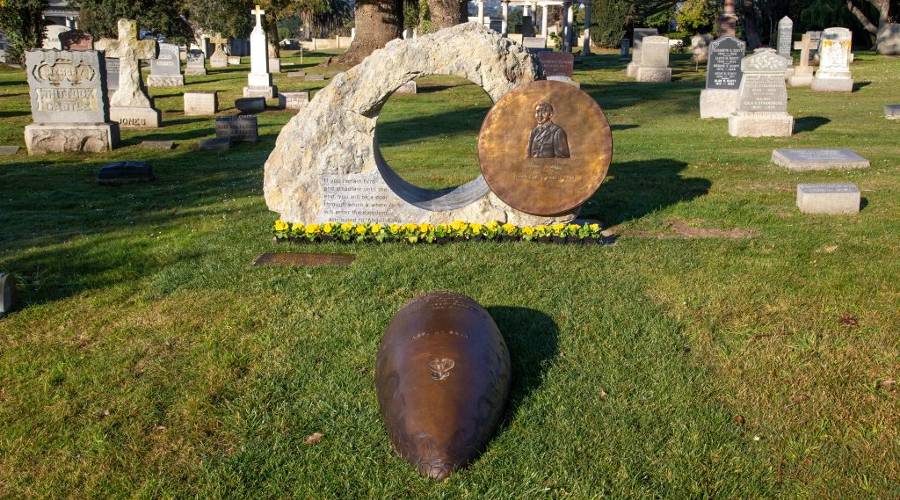
Abdu’l-Baha told Robert that “if he remained firm and steadfast until the end, he would be the door through which a whole race would enter the Kingdom.” This quote formed the overall conceptual basis of Masud’s design for the memorial.
RELATED: Invisible No Longer: Robert Turner as a Doorway to the Kingdom
“There’s this transformation where a person’s being becomes this portal, to which others can get a glimpse of a truth or reality,” says Masud.
The massive granite superstructure that Masud and his team used symbolizes Robert’s grounded character. He says, “It’s fixed. It’s not movable. It’s not going anywhere. It’s dependable. It’s reliable, right?”
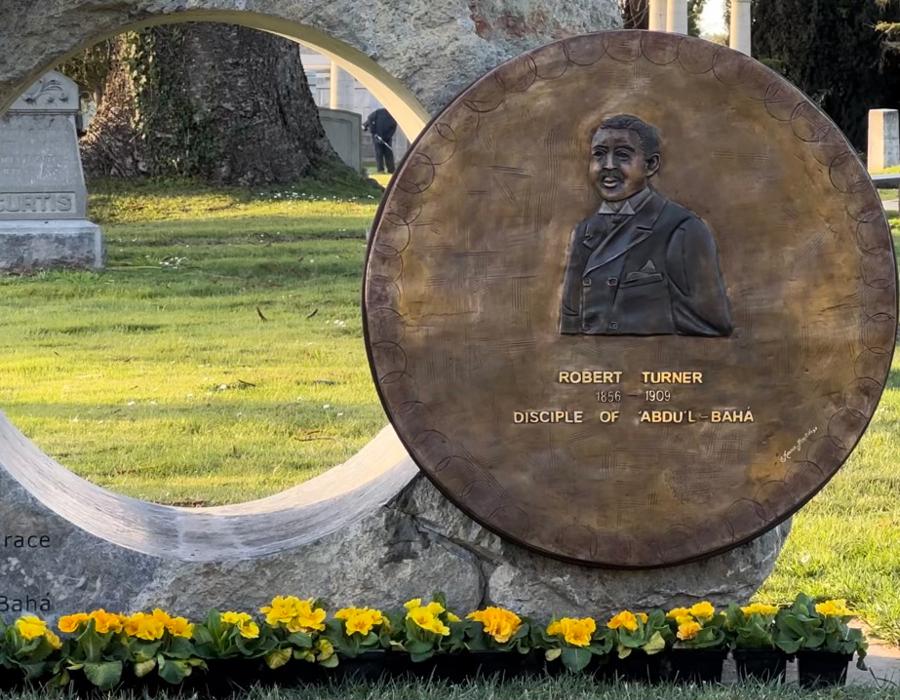
He explained that the bronze door affixed to this granite symbolizes “him opening himself up” and becoming a passageway “from one plane of existence to the next, from one reality to the next.” The burial marker on the ground in front of it represents a boat. “I was thinking about that in regards to how his ancestors came over to America via a boat [or] via a vessel from West Africa to the United States.”
Masud says, “So you’ll see at the base of the burial marker, there’s an Adinkra symbol, which is Sankofa, which means in order to understand your present and to know where you’re going, you have to know your past, right? So that’s on the burial marker at the foot. And then, at the other end, the second inheritance is the revelation of God, and that is the nine-pointed star, which, you know, the number nine in the Baha’i faith means unity.”

Between Robert’s “ancestral cultural inheritance” and “spiritual inheritance” lies a quote from the following tablet that Abdu’l-Baha wrote after Robert passed away:
As to Mr. Robert, the news of his ascension saddened the hearts. He was in truth most devoted. Gracious God! What a shining candle was lighted within that black-coloured lamp. Praise be to God that this candle ascended from its earthly lamp unto the immortal Kingdom, to gleam and shine in the assemblage of heaven…
Masud Olufani’s Other Artwork About Robert Turner
The Robert Turner memorial wasn’t the only art Masud was inspired to create about this first African American Baha’i. He also created a piece for his friends, Gouya and Payam Zamani, titled “Child of the Radiant Night.”
Masud thought about how “two major events took place in the blackness of night in Baha’i history. One of them was Baha’u’llah’s [the prophet and founder of the Baha’i Faith] incarceration in the black pit. He gets an intimation of His station there, in the darkness…before that, the Bab [the herald and forerunner of Baha’u’llah] meets with the first Letter of the Living, Mulla Husayn, …And He reveals who He is to Mulla Husayn — that also takes place at night. So, then I was taking those two significant historical events within the context of the Baha’i faith and pairing that with the blackness of the skin of Robert Turner. ”
Masud described the elements of his piece:
There’s a broken curved staff that proceeds down from the top painting portion to a dish that’s filled with gold dust, and he’s touching that gold dust. This staff is colored in blackness. It’s stained really rich black with powdered graphite and charcoal. So, it gives this kind of aura, this kind of vibrational kind of look to it. And when he touches that dish, which I refer to as his encounter with the revelation, that gold begins to fill his being and begins to transition up the staff.
And so, there’s a transformation that takes place, right? As he’s encountering the gold of the revelation, you know, it’s impacting his spirit and all of that. So, there’s a drawing of Robert Turner’s face in the piece, and around the eye is the nine-pointed star again from the Baha’i Faith. And then, there’s a long part of the piece which has some African geometry on it, again, referring back to his ancestral heritage.
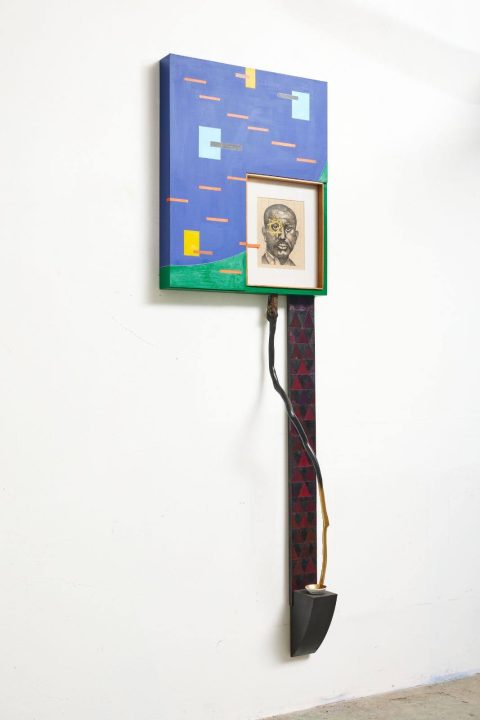
Before Robert Turner passed away, Abdu’l-Baha wrote the following tablet to him:
O THOU who art pure in heart, sanctified in spirit, peerless in character, beauteous in face! Thy photograph hath been received revealing thy physical frame in the utmost grace and the best appearance. Thou art dark in countenance and bright in character. Thou art like unto the pupil of the eye which is dark in color, yet it is the fount of light and the revealer of the contingent world.
I have not forgotten nor will I forget thee. I beseech God that He may graciously make thee the sign of His bounty amidst mankind, illumine thy face with the light of such blessings as are vouchsafed by the merciful Lord, single thee out for His love in this age which is distinguished among all the past ages and centuries.
“Child of the Radiant Night” was truly a fitting title for Masud’s latest piece about this radiant soul.
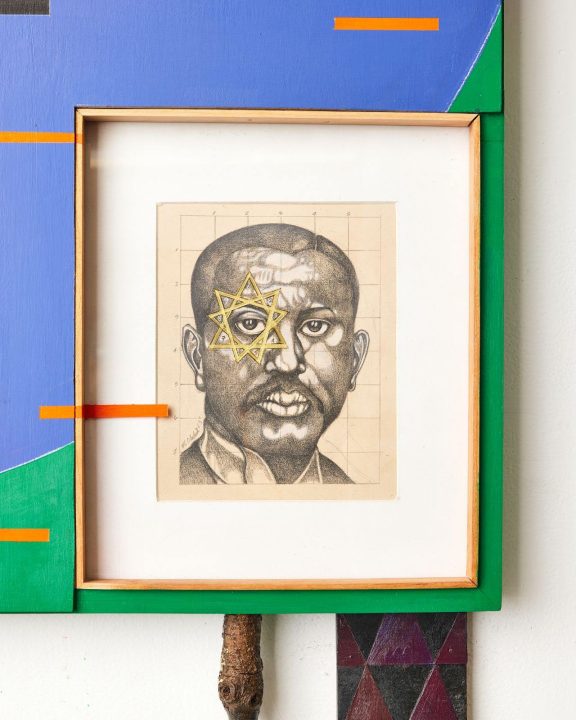
The Unique Role of the Arts in Preserving History
In our conversation, Masud and I reflected on the unique role that art has in preserving our history.
“All human experience is, you know, passed down, it’s recorded, it’s codified, it’s expressed through creativity through the apparatus of the arts, right?” Masud asked. “And the arts, we’re told that in the Baha’i writings, they touch the human spirit.” Baha’u’llah wrote:
Arts, crafts and sciences uplift the world of being, and are conducive to its exaltation.
Masud continued, “Think about human experience without creativity in the arts. It would be…one bland, boring place, you know, and the arts are really, in a sense, as Robert Turner was — they’re a doorway into a deeper reality, a hidden meaning. They expand and open us up to new experiences and new realities.”
He invites everyone to “lift up and elevate our artists in creativity and constantly encourage them to come to the table and break bread and learn from what they have to share and offer.”


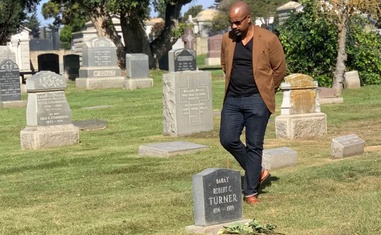

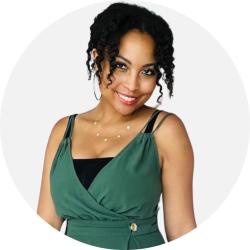












Comments
Sign in or create an account
Continue with Facebookor